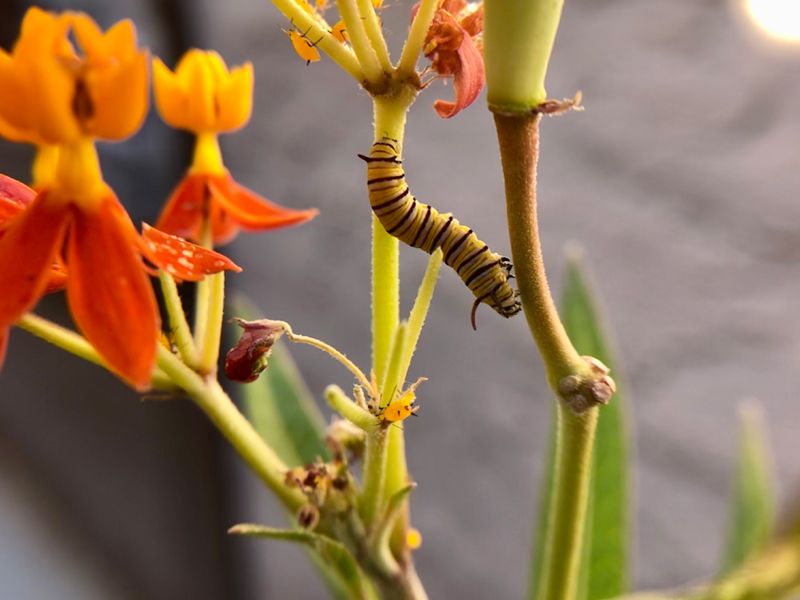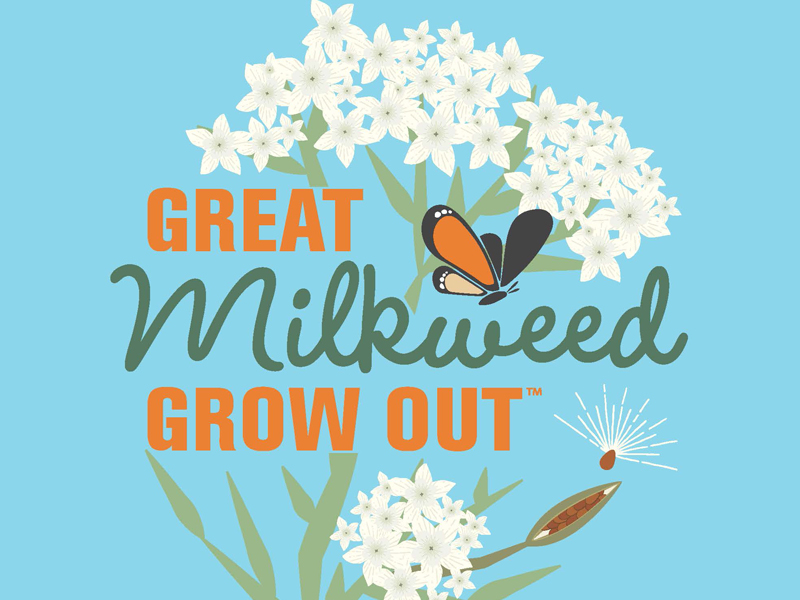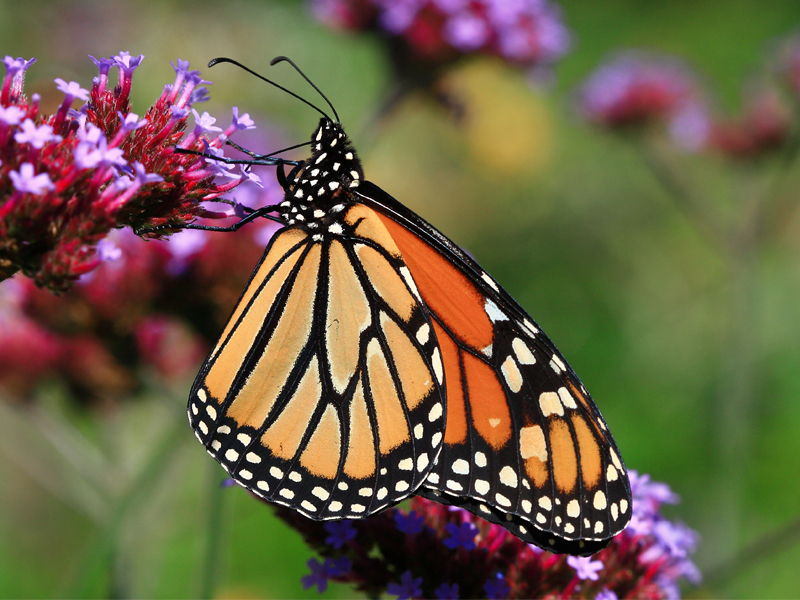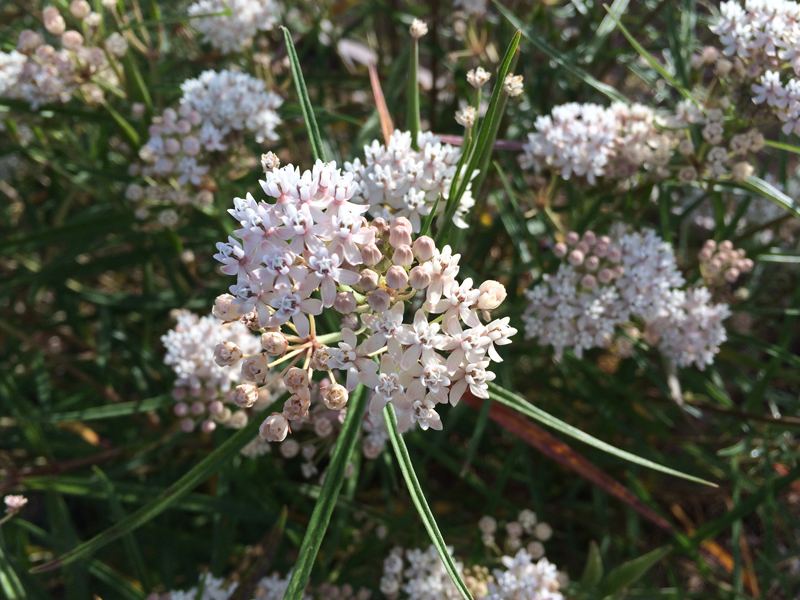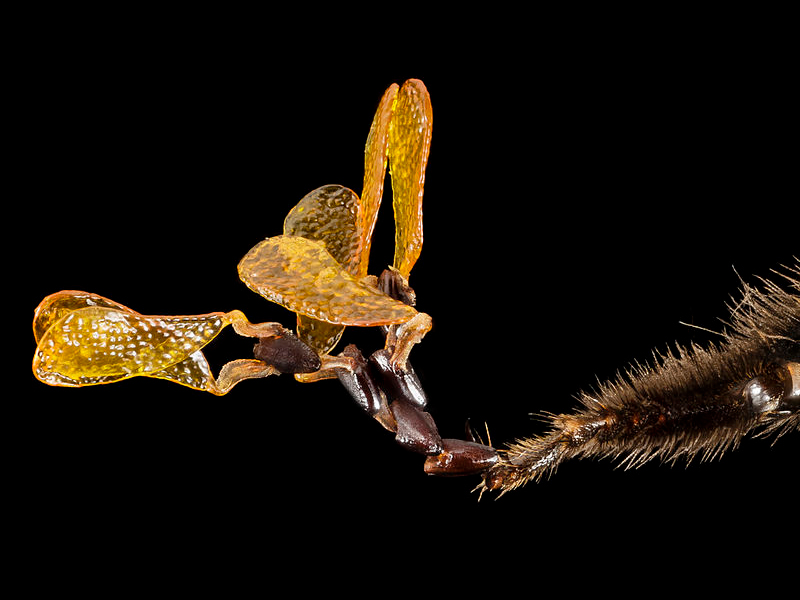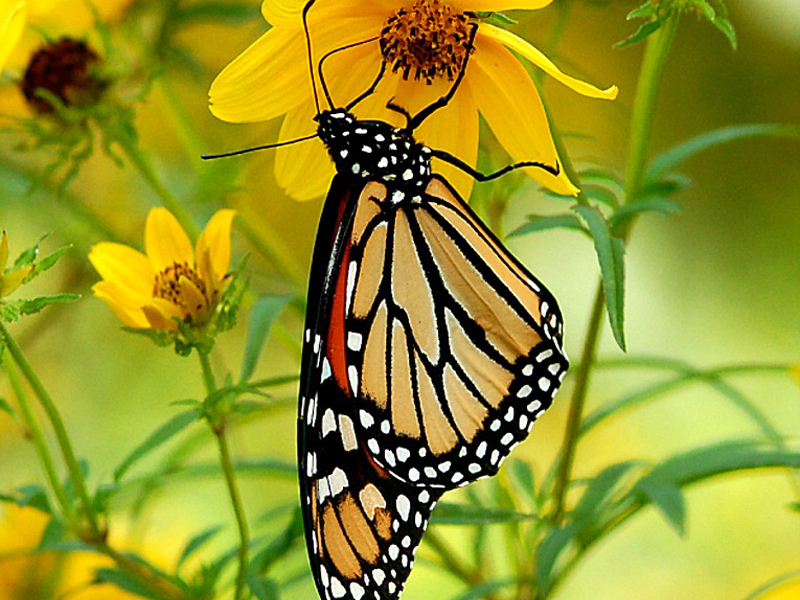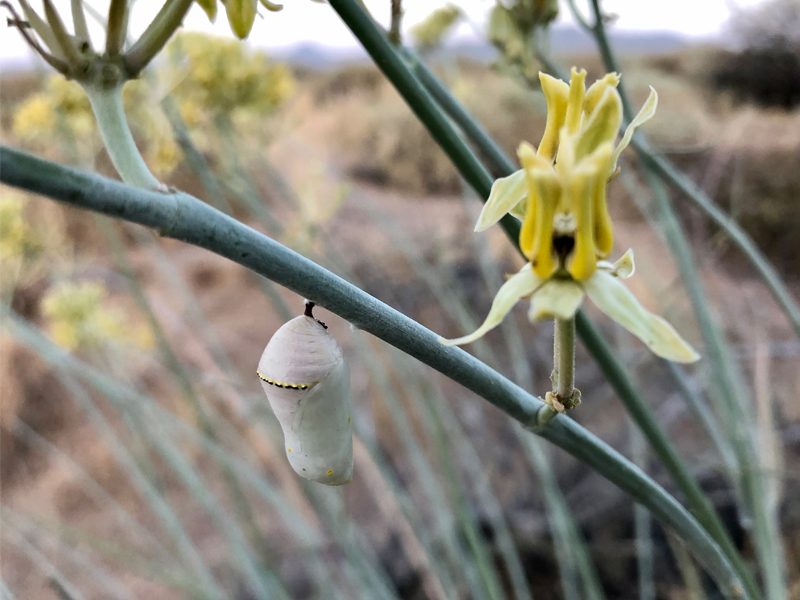
Join the February EcoQuest: Monarchs, Milkweeds and Mystery
Find and map as many monarch butterflies (Danaus plexippus) and milkweed plants (Asclepias spp.) as possible.
Monarch butterflies are in severe decline, with numbers from 2020 showing the lowest ever recorded in the West. Much of this decline can be tied to loss of milkweeds, the plant genus that monarchs depend on for reproduction. Other factors likely include loss of nectar plants, destruction of overwintering habitat and climate change.
This month’s EcoQuest is a collaboration with Great Milkweed Grow Out (GMGO), a monarch and pollinator conservation initiative at Desert Botanical Garden. They are working to conserve monarchs through native plant propagation, research on monarch and milkweed ecology and outreach in the community.
Western monarchs (those that spend their winter in California) are at the lowest levels ever reported and are well below the number thought to be sustainable. In recent years, the population has been about 30,000. The number reported in January 2021 was less than 2,000 butterflies in all of California and into Baja California. This is not a call to despair, but to instill a sense of urgency and importance. Experts are saying we may only have the next 12 months to ensure this population survives the next winter. A small number of monarchs are also overwintering in Arizona and experts would like to know why. Read more from The Xerces Society.
One of the reasons for monarch decline is the loss of milkweed and habitat. Monarchs depend on milkweed for food and reproduction. Female monarchs only lay eggs on these plants and the caterpillars can only eat milkweed (genus Asclepias). Adult monarchs also use milkweed as a nectar source, among other plants. Without milkweeds, monarchs do not survive. Milkweed and nectar habitat has been destroyed by development and herbicide use. The good news is that even small patches of milkweed in urban areas are helpful to monarchs. There are 30 different milkweed taxa native to Arizona, with a few of these species known to occur in the metro Phoenix area. Your observations can help provide information on which of these species monarchs prefer, and the population and distribution of milkweeds.
Milkweed plants produce some of the most complex flowers in the entire plant kingdom. Milkweed flowers do not produce loose pollen granules. Instead, they have waxy masses called pollinia. This pollinia is found at the base of milkweed flowers in what look like very small pinholes. These are called stigmatic slits. To attract pollinators, milkweed flowers produce a lot of nectar, attracting monarchs, bees and other insects. While trying to feed on the nectar, an insect’s leg can slip into this slit, where the sticky pollinia is waiting. If the insect is strong enough, it can pull its leg out of this sticky situation and fly away with the pollinia attached to hopefully deposit into another milkweed and pollinate it. See species that have been observed in metro Phoenix on iNaturalist.

While making observations, keep in mind that monarch butterflies have a “cousin” in the metro Phoenix area that looks very similar. The queen butterfly (Danaus gilippus) also depends on milkweed plants and can sometimes be found on the same milkweed as monarchs. Adult queen butterflies have no black lines inside the forewings (the wings closest to their head) and free-floating white dots. If you find a white, yellow and black ca terpillar on milkweed, count the protuberances on the top of the caterpillar. Monarchs have two pairs and queens have three. Chrysalises are almost impossible to tell apart. Click here for more tips.
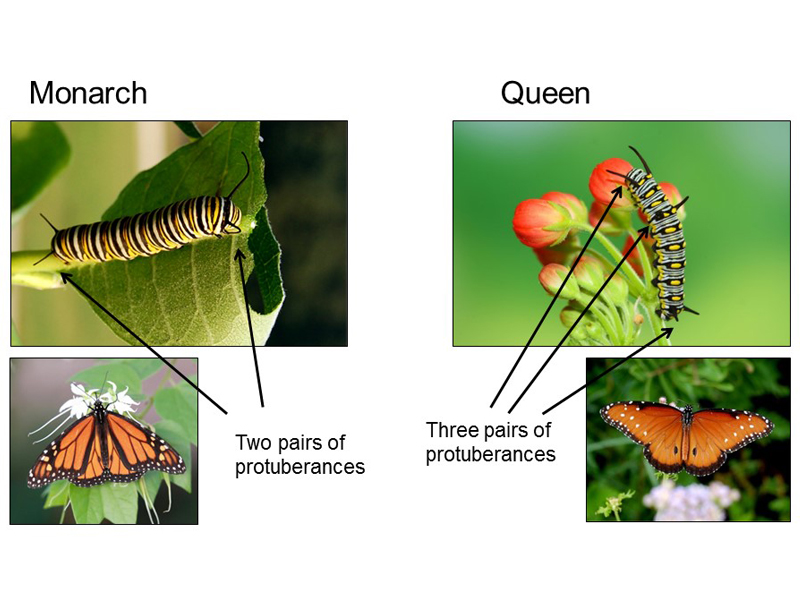
Conservation of the western monarch population is hindered by a lack of data, specifically in early spring. Observations of adult monarchs, mating monarchs, monarch caterpillars and milkweeds (including plants that are cultivated and within home gardens) are all very helpful.
Observing monarchs and milkweeds will allow researchers at Desert Botanical Garden and their collaborators to provide data to an ongoing research project on monarch preference of milkweeds, provide distribution of milkweed for two different modeling projects and help track movements of monarchs through the west. iNaturalist data will also be added to the Western Monarch Milkweed Mapper used by researchers all over the west.
“The monarch is a flagship species that builds connections between people and the natural world. Monarchs are beautiful, interesting, familiar, culturally significant, and well-loved by people in diverse communities throughout North America. People care a great deal about them, and I would argue that anything that strengthens connections to nature is important. We have very little hope of saving natural systems – for the benefit of all living things, including ourselves – unless people care.”
Dr. Karen Oberhauser, Director of the UW–Madison Arboretum
WHAT TO OBSERVE
Common Name: Monarch butterfly
Scientific Name: Danaus plexippus
Order: Lepidoptera (Butterflies and Moths)
Common Name: Milkweed
Scientific Name: Asclepias spp.
Family: Apocynaceae (Dogbane Family)
TIPS FOR OBSERVING BUTTERFLIES
- Butterflies are cold-blooded (ectothermic) and cannot fly when it is cold (generally less than 60 degrees) and overcast. On cool mornings, look for basking butterflies, with their wings spread.
- You are most likely to find monarchs on milkweed or other flowers. Monarchs do well in urban gardens!
- Caterpillars are usually on the milkweed leaves or flowers. Look for evidence of nibbling on the leaves! They are as small as an eyelash when they hatch so look closely.
- If you see a monarch flying around a milkweed and landing on leaves, you might be seeing a female monarch laying eggs. They lay them on the underside of the leaves by curling their abdomen to delicately place the egg.
EcoQuests are month long challenges that are part of the larger Metro Phoenix EcoFlora Project. You can learn more and join the Metro Phoenix EcoFlora.
SOURCES:
EcoQuests are month-long challenges that are part of the larger Metro Phoenix EcoFlora project.
You can learn more and join the Metro Phoenix EcoFlora here.
**PLEASE observe COVID-19 guidelines/recommendations.**
This a great opportunity to get outdoors close to home, while navigating the complications of COVID-19. However, it is imperative that you follow the guidelines/recommendations of your local governments. Please practice social distancing, wear a mask and wash your hands.
Arizona Office of Tourism: Responsible Recreation in AZ
NO TRESPASSING
Do not remove or move natural materials (plants, animals, rocks)
Please do not observe indoor houseplants or pets.
For your own safety and the protection of plants and wildlife, do not trespass when making observations. Please follow all posted rules and guidelines in parks/preserves and do not enter private property.
Do not remove or move natural materials (plants, animals, rocks).
Respect wildlife (do not touch, feed, or disturb animals and keep a safe distance)
